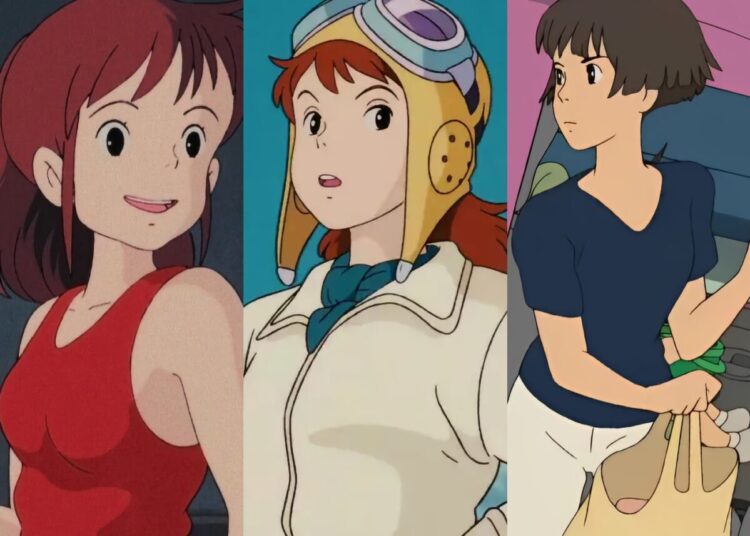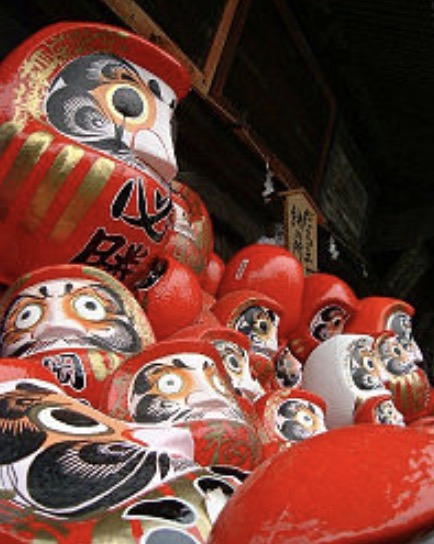Hello from sunny San Diego. We’ve made the hop from Japan to the U.S. to enjoy our first Christmas at home in three years. As usual, the 24-hours-door-to-door ordeal is a hard one, but except for some December turbulence on the way over, everything went pretty smoothly. Incredibly, the kids even managed to sleep most of the way, which is a rarity. Of course, that means we’ve got to deal with two jet-lagged kids who are up at 1 am now. Hm, maybe things didn’t go that smoothly after all…
Well, it’s looking like 2005 is going to be a watershed year for Japan: this is the first year the population will actually shrink, meaning that the number of babies born will be less than the number of deaths, which is coming a few years sooner than previously expected. Like many countries in the West, Japan is a very low birth rate, since most couples choose to have just one or two children, and some Japanese are choosing not to bother with marriage at all (these people are somewhat rudely named make-inu or “loser dogs” in Japanese). In the U.S. and Europe there’s a constant stream of immigrants to add to the societies, but in Japan, an island nation in more ways than one, populations will actually start to fall. What will happen? No one can say for sure, but a shrinking tax base and markets that decrease in size despite demand for quality products has got to hurt a country. If nothing else, it might bring about a recession-like business climate even though individual markets might be otherwise healthy.
Japan has a highly developed educational system, with a network of compulsory elementary and junior high schools, and both public and private high schools (which are actually outside of optional here, although almost everyone goes). One of the goals of the educational system is to get students to that all-important day in their lives, the University Entrance Exam, which happens in January and February, when they will be tested on math, science, history, Japanese and English (grammar), to determine if they’ll get into a top name school (the top school being Tokyo University) or a suberi-dome or “stop the slide” school, which is there to “catch” students as they slide down the system. Although studying for the university entrance tests is incredibly difficult, a funny thing usually happens once a student get into a school: he usually switches from study mode to “play” mode, working part time jobs or joining clubs (a friend of mine was in the Waseda ODD Club, which stands for Out Door Drinkers). Truth be told, a large number of Japanese college students fail to learn and grow in any meaningful way at many universities, which is why I’ve told my kids that I’ll be sending them to school in the U.S. Scary Japan fact #736? Japan is continuing to build many new universities despite the shrinking population of students.
We still have over 100 amazing Japanese calendars in stock for you, and although they’re selling at an incredible rate (we started out with 250 different calendars), we fortunately got some last minute stock of many of our popular items, from the Studio Ghibli (always the #1 seller, it features all original art) to cute faces like Yu Yamada to the amazing kanji art of Mitsuo Aida and much more. Whenever a calendar sells out for that year, we know that we’re likely to receive emails from customers asking where the calendar they wanted to buy went. All too often, the answer is that the calendar is gone for good. Don’t let this happen to you! (And remember, you can get an extra discount by ordering 4 or more calendars, a great idea if you want to share the love with friends or outfit home and office with Japanese calendar action.)















